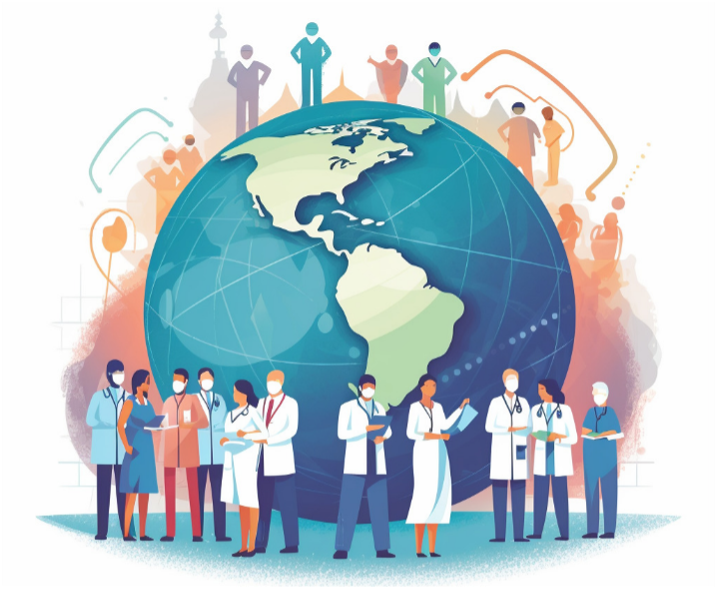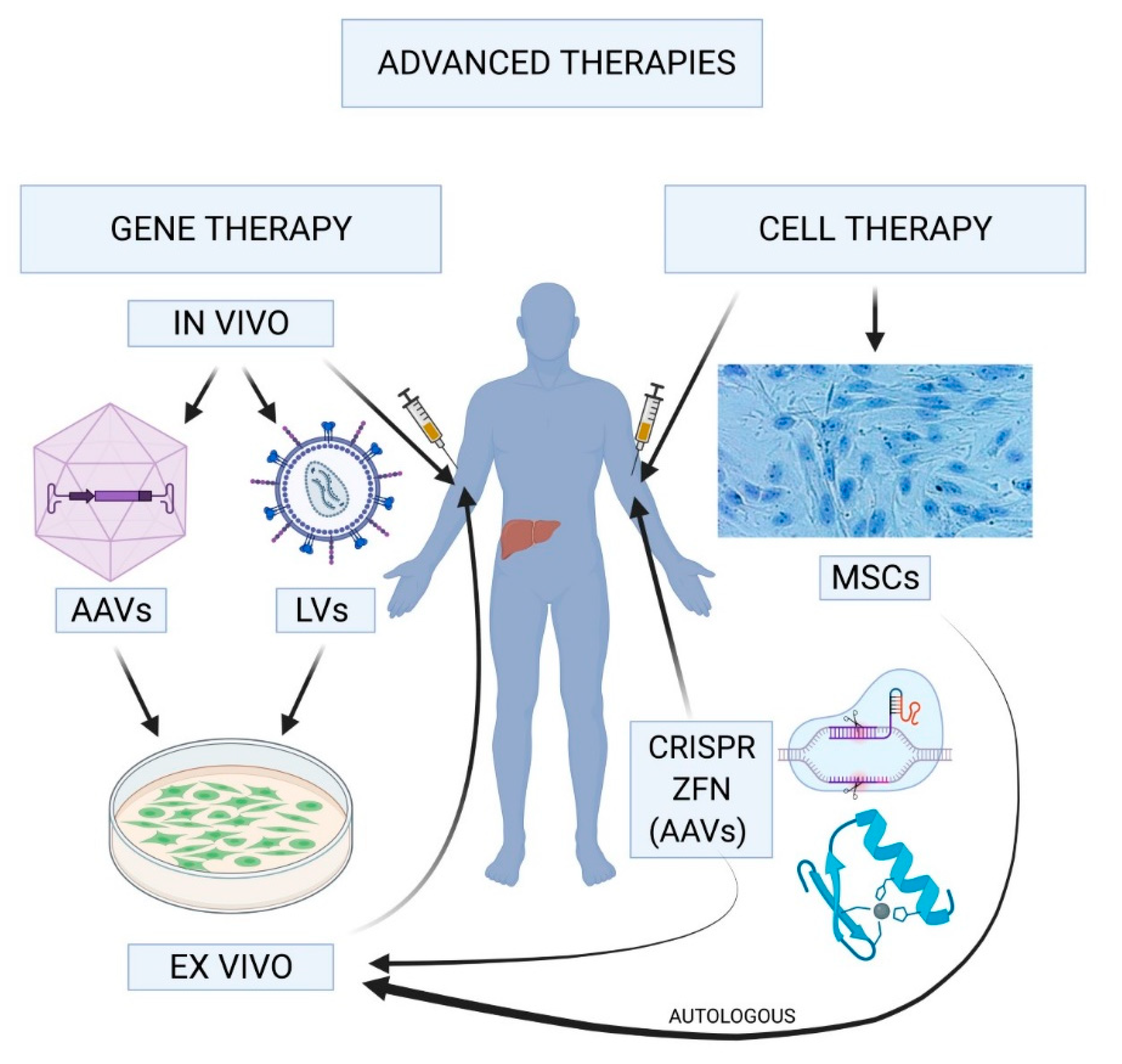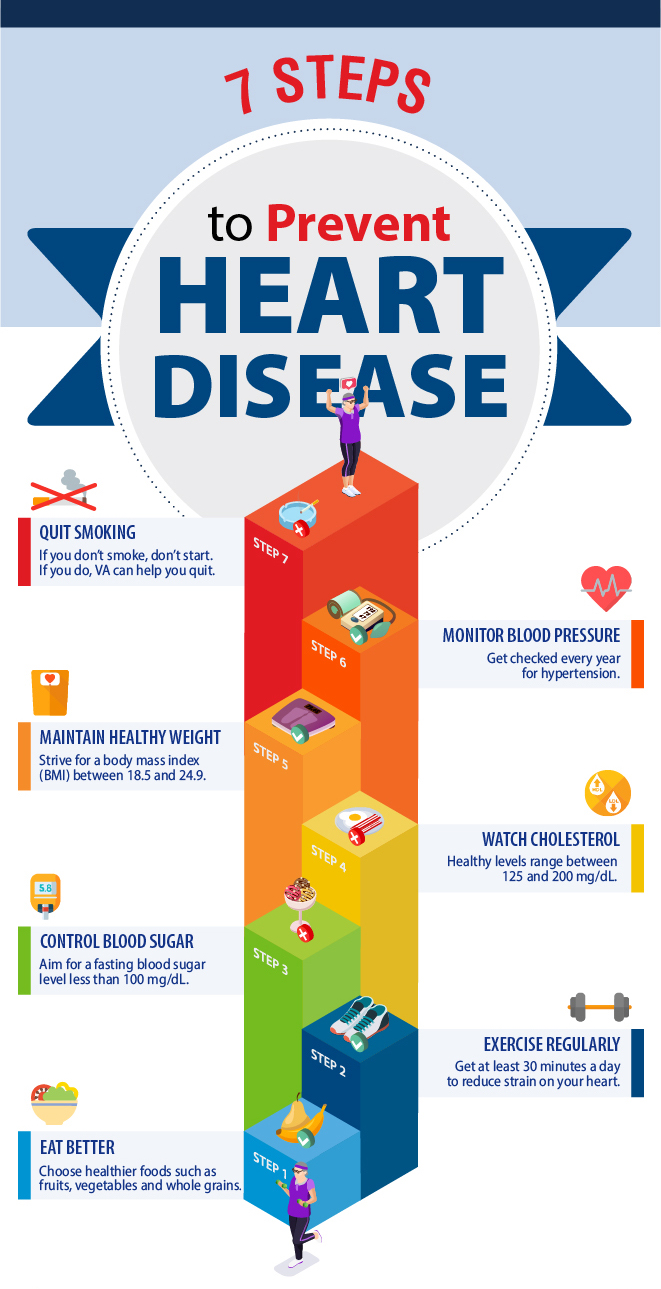Global health encompasses the intricate network of health challenges that transcend national borders, requiring coordinated efforts on a global scale. Prominent figures like Atul Gawande have underscored the urgent need for revitalizing public health initiatives, especially following the significant setbacks faced by agencies such as USAID. The dismantling of health infrastructure has left millions vulnerable, showcasing the critical role that global health leadership plays in combating emerging threats like pandemics. As Gawande articulated during his tenure at USAID’s Bureau for Global Health, the restoration of effective health systems is not just beneficial but essential for safeguarding our collective future. With continued dedication to science and medicine, the commitment to global health can foster resilience and ensure better health outcomes worldwide.
When discussing the broad spectrum of health issues affecting populations across multiple nations, terms such as international health and public health often come into play. This field addresses the cross-border flow of diseases, environmental health, and equitable healthcare access, making it integral to our global society. Leaders in this domain must navigate complex dynamics involving diverse health infrastructures, drawing from the lessons of past challenges. Case studies, like those shared by Atul Gawande, emphasize the importance of collaboration between institutions, governments, and communities in building strong health systems. By fostering international partnerships and leveraging expertise, we can further advance the critical goal of enhancing health for all across the globe.
Atul Gawande’s Perspective on Global Health Challenges
Atul Gawande, the renowned surgeon and author, expressed deep concern over the recent setbacks in global health leadership caused by the dismantling of the U.S. Agency for International Development (USAID). According to Gawande, these changes have led to a significant void in public health, impacting millions worldwide. His firsthand experience as a leader at USAID during crucial initiatives has provided him with unique insights into how systemic disruptions can undermine health infrastructure and affect vulnerable populations. This stark reminder serves as a wake-up call about the importance of strong leadership in global health matters.
Despite the grim state of affairs, Gawande remains optimistic about the future of global health. He believes that while the agency may never return to its former strength, it is not too late to mend the damage done to health programs. Drawing from his role at USAID, he emphasized the significance of continuing efforts to restore health and science infrastructures, advocating for a collective commitment to public health principles that benefit not only the American people but also global communities. This dual focus is necessary for rebuilding a resilient global health framework.
The Impact of USAID’s Cuts on Global Health Infrastructure
The severe cuts at USAID have had a profound impact on global health initiatives. Programs that once provided essential support for maternal health, child mortality prevention, and infectious disease management have been interrupted, leaving gaps that could take years to fill. Gawande highlighted that partnerships with universities and medical centers, which are crucial for research and training, have been adversely affected, threatening progress made in public health over the past decades. The dismantling of USAID’s programs not only hampers these initiatives but also undermines international collaboration at a time when global health crises are becoming increasingly frequent.
In particular, the funding freeze has severely affected research centers like Ariadne Labs, jeopardizing vital studies into surgical care and maternal health. These budget cuts are not merely numbers on a spreadsheet; they translate into real consequences, such as higher rates of maternal death and untreated diseases among vulnerable populations. Gawande’s recounting of the agency’s success in operationalizing rapid disease surveillance and response serves as a powerful reminder of what strong health infrastructure can achieve, underscoring the urgent need to reinvest in such frameworks.
Rebuilding Global Health Leadership After Disruption
Rebuilding global health leadership requires not only the restoration of funding but also a collaborative effort among nations and healthcare professionals. Gawande stressed that the U.S. historically played a pivotal role in this space, but uncertainty about its future leadership role presents challenges. He points to the need for emerging leaders throughout the globe to step up and fill the void left by reduced American engagement. It is an opportunity for other countries and local leaders to champion global health initiatives and adopt sustainable practices to address pressing health challenges.
Moreover, fostering a new generation of health professionals who are passionate about global health leadership can drive progress. Gawande’s message to students was clear: their expertise will be invaluable in tackling the multifaceted challenges of global health. Encouraging them to remain steadfast in their commitment to science and evidence-based practices is vital for cultivating resilience in the face of adversity. Investing in education and innovative public health strategies will be essential to navigate the evolving landscape of global health.
The Role of Public Health in Addressing Global Health Crises
Public health plays a crucial role in addressing and mitigating global health crises, as evidenced by the extensive programs developed under USAID. Gawande articulated how comprehensive public health initiatives, from vaccination campaigns to maternal care programs, effectively reduced mortality rates and improved health outcomes across diverse populations. By emphasizing collaboration with local health systems and employing data-driven approaches, USAID exemplified how public health can be a powerful tool in fighting emerging infectious diseases and improving overall community health.
An integral part of this approach involves not only responding to crises but also ensuring long-term health infrastructure development. Gawande’s remarks on the importance of follow-through highlight the necessity of sustaining momentum after initial interventions. This continuity is vital for solidifying the gains achieved through public health efforts, making it essential for health leaders to prioritize follow-up initiatives that can maintain and enhance global health outcomes.
Future Directions for USAID and Global Health Collaboration
Looking to the future, Gawande highlighted the need for innovative funding mechanisms and partnerships to reinvigorate USAID’s role in global health. He pointed out that alternative funding sources, including philanthropic contributions and public-private partnerships, could provide the necessary resources to revive disrupted programs. This approach not only opens avenues for immediate support but also fosters collaboration among a wider array of stakeholders in the public health domain while establishing a more resilient health infrastructure.
Additionally, leveraging technology and data analytics can profoundly enhance health initiatives globally. Investments in telemedicine, mobile health applications, and real-time disease monitoring systems stand to revolutionize how we deliver healthcare services, especially in underserved regions. By embracing these advancements, the future of global health collaboration can be more efficient, targeted, and impactful, ultimately leading to improved health outcomes for populations worldwide.
The Consequences of Global Health Funding Cuts
Funding cuts to key health programs have dire consequences for global health outcomes. Gawande articulated how the reduction of resources at USAID impacts not only ongoing projects but also future public health initiatives that could save lives. The significant decline in personnel and programs has led to the stalling of critical vaccinations, maternal care strategies, and infectious disease prevention efforts, making it imperative for stakeholders to recognize the ripple effects of these cuts on vulnerable communities.
As Gawande points out, such funding reductions can lead to long-term damage that will take considerable time and resources to reverse. The lack of support will likely heighten health disparities and exacerbate existing inequalities, particularly in low-income and marginalized populations. This highlights the need for renewed investment in global health initiatives and a recommitment to public health strategies that prioritize the well-being of all.
Strengthening Partnerships for Improved Health Outcomes
Strengthening partnerships is vital for enhancing global health outcomes and navigating the challenges posed by funding cuts at USAID. Gawande emphasized the importance of collaboration between governments, non-profit organizations, and health institutions to create a unified response to global health issues. By pooling resources and expertise, these partnerships can implement scalable public health strategies that effectively address the complex health challenges populations face.
Moreover, engaging local communities in these partnerships ensures that health initiatives are tailored to meet specific needs, enhancing their effectiveness. Gawande’s call to action is clear: today’s health leaders must prioritize teamwork and collective engagement to safeguard the future of global health, protecting against the repercussions of systemic disruption and reinforcing the importance of collaboration in restoring public trust in health systems.
The Value of Technical Assistance in Global Health
Atul Gawande’s insights into the value of technical assistance underscore its critical role in successful public health initiatives. As he noted, the technical support provided by organizations like USAID and the World Health Organization is essential in improving vaccination coverage and health outcomes. By moving the needle from 60% to 80% vaccination rates, for example, these bodies ensure communities are better protected against preventable diseases, demonstrating the tangible impact of this form of support.
This technical assistance extends beyond mere resource provision. It involves knowledge transfer, capacity-building, and empowering local healthcare workers with the tools and skills necessary to maintain health programs independently. Gawande’s emphasis on follow-through illustrates how critical sustained support is for translating innovative solutions into effective public health practices, ultimately helping communities to thrive in managing their own health crises.
The Future of Medical Research in Health Infrastructure
The future of medical research hinges on revitalizing health infrastructure, particularly after the setbacks experienced at agencies like USAID. Gawande highlighted how the rescission of funding has imperiled foundational research efforts that aim to improve surgical care, primary health services, and responses to health crises. Ensuring stable funding for research initiatives is imperative for achieving breakthroughs in medical science, which in turn enhances global health outcomes.
Moreover, fostering a culture of innovation within health infrastructure can lead to the development of novel treatments and preventive strategies. By encouraging collaboration among researchers, health practitioners, and policymakers, we can create a robust ecosystem that not only addresses current health challenges but also anticipates future ones. Gawande’s focus on the importance of sustaining and nurturing these research efforts emphasizes a long-term vision for global health that champions innovation and resilience.
Frequently Asked Questions
What role did Atul Gawande play in global health leadership at USAID?
Atul Gawande served as the head of USAID’s Bureau for Global Health, where he was involved in overseeing and managing health programs despite challenges posed by administration changes. His leadership was pivotal in addressing significant global health issues, including maternal and child health, infectious diseases, and emergency response initiatives.
How has the dismantling of USAID affected global health initiatives?
The dismantling of USAID under the previous administration led to the termination of over 85% of its programs, creating a ‘devastating’ void in global health services. This has severely impacted crucial partnerships and support systems that previously enhanced health infrastructure in multiple countries.
Why is global health infrastructure important according to Atul Gawande?
Global health infrastructure is vital because it provides the necessary framework for effective health surveillance, emergency response, and vaccination programs. Gawande emphasized that the investment in these systems saves lives and improves health outcomes across populations, especially in emergency situations like disease outbreaks.
What are some key programs that USAID implemented under Gawande’s leadership?
Under Gawande’s leadership, USAID implemented programs to prevent maternal and child mortality, improved responses to diseases such as HIV, tuberculosis, and malaria, and significantly reduced the time taken to respond to global health emergencies from weeks to less than 48 hours.
What future challenges does global health face, as mentioned by Atul Gawande?
Atul Gawande highlighted the uncertainty of America’s role in global health leadership moving forward. The potential reduction in U.S. involvement could lead to other nations stepping in, underlining the need for continued investment in global health expertise and infrastructure to address ongoing health challenges.
How can students and health professionals contribute to global health efforts?
Students and health professionals can contribute to global health efforts by staying committed to scientific research, engaging in public health initiatives, and advocating for funding and support for health infrastructure. Their expertise will be crucial in addressing global health challenges, regardless of the political environment.
What examples did Gawande provide about successful global health interventions?
Gawande cited successful interventions such as programs that reached 93 million women and children to prevent mortality, as well as innovative treatment packages for severe hemorrhaging after childbirth, which have the potential to substantially reduce maternal deaths globally.
| Key Points | Details | |
|---|---|---|
| Atul Gawande’s Experience | Discussed the negative impacts from the dismantling of USAID. | |
| Impact of USAID Cuts | Reduced programs causing devastating health effects globally. | |
| Call to Action | Encouraged commitment to science and medicine despite challenges. | |
| Future of Global Health Leadership | Urged new leadership to emerge in the absence of U.S. guidance. | |
| Hope for Global Health | Expressed optimism about long-term global health solutions. | |
Summary
Global health is at a critical juncture, particularly following the significant setbacks enacted by the dismantling of USAID. Atul Gawande’s insights reflect the urgent need for commitment to preserving our health infrastructure amidst these challenges. Although USAID has faced considerable cuts, which have harmed millions, Gawande believes that it is not too late to save our health systems. The role of the U.S. in global health leadership may be uncertain, but the necessity for innovation and resilience in health initiatives remains paramount. Future endeavors must focus on rebuilding and reinforcing health strategies to ensure that improvements in global health continue.




